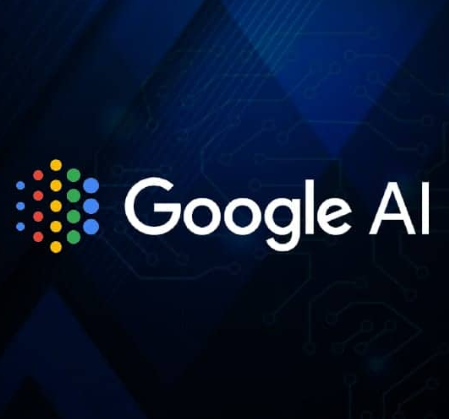Google has been at the forefront of AI and machine learning research and development for many years. In recent times, the company has made significant strides in the field of artificial intelligence, developing new technologies and platforms to help businesses and individuals harness the power of AI.
One of the most notable examples of Google’s work in AI is its language-based AI platform, Google Brain. This platform is designed to help businesses and individuals develop and train advanced AI models, using a variety of tools and algorithms to enable deep learning and other cutting-edge machine learning techniques.
Google Brain has been used to develop a variety of different AI applications, from image and speech recognition to machine translation and natural language processing. The platform is designed to be highly scalable and flexible, making it ideal for businesses and individuals who want to build and train custom AI models for a wide range of use cases.
Another important area of AI research and development at Google is the development of machine learning algorithms and models. The company has invested heavily in this area, developing new algorithms and models that are designed to help businesses and individuals make better use of large amounts of data.
Google has also been working on developing new AI-powered hardware and devices, such as Google Home and the Google Pixel smartphone. These devices use advanced AI algorithms and models to provide users with a range of intelligent services and features, including voice-based personal assistants, advanced image and speech recognition, and more.
In conclusion, Google continues to play a leading role in the development of artificial intelligence and machine learning, developing new platforms and technologies that help businesses and individuals harness the power of AI. With its extensive expertise and resources, Google is well positioned to continue pushing the boundaries of AI research and development for many years to come.
Google Bard is a framework for building and running reinforcement learning (RL) algorithms in TensorFlow. Reinforcement learning is a type of machine learning that focuses on training agents to perform certain actions in an environment to maximize a reward signal.
Google Bard provides a high-level API for building and training RL algorithms, making it easy for researchers and practitioners to experiment with different algorithms and approaches. It also provides a suite of tools and libraries for monitoring and analyzing the performance of RL agents during training.
Some of the key features of Google Bard include:
- Support for multiple types of environments: Google Bard supports a wide range of environments, including Atari games, robotics simulations, and more.
- Easy integration with TensorFlow: Google Bard is built on TensorFlow, making it easy to integrate with other TensorFlow-based tools and libraries.
- Modular design: Google Bard provides a modular architecture for building and running RL algorithms, making it easy to experiment with different approaches and techniques.
- Scalability: Google Bard is designed to scale to handle large and complex RL problems, making it suitable for a wide range of applications.
Google Bard is an open-source project, and the code is available on GitHub. It provides a powerful and flexible platform for building and running RL algorithms, making it an important tool for anyone interested in developing advanced AI systems.
This is a thrilling time to work with advanced technologies, as we are able to turn deep research and innovations into practical products that benefit people. This has been our aim in developing large language models, and two years ago, we introduced next-generation language and conversation capabilities through our Language Model for Dialogue Applications (LaMDA).
We have been experimenting with a conversational AI service, powered by LaMDA, that we have named Bard. Today, we are taking a step further by allowing trusted testers to use it before making it publicly available in the near future.
Bard aims to bring together the vastness of the world’s knowledge and the power, intelligence, and creativity of our large language models. It uses information from the web to provide accurate and high-quality responses. Bard can serve as a platform for creativity and curiosity, enabling you to explain complex discoveries from NASA’s James Webb Space Telescope to a child or to learn more about the top football strikers and how to improve your skills.















